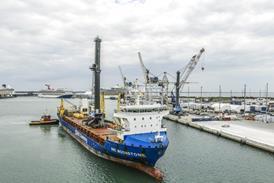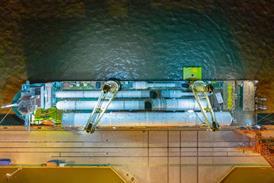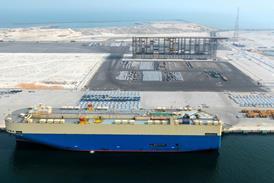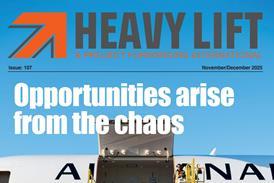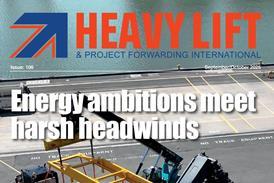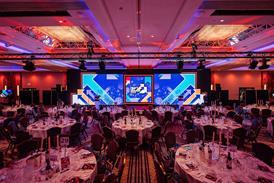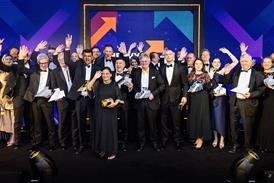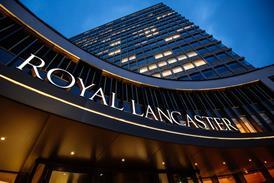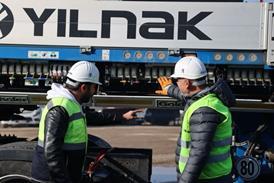Liebherr continues to see a strong increase in demand for electrically powered mobile harbour cranes (MHC), with India leading the charge in terms of adoption.
In the past six years, the German manufacturer said that it has seen demand increase by 400 percent for its electric-drive MHCs. India leads in adoption, followed closely by Türkiye. In Europe, the Netherlands, France, Poland and the UK present steady demand for e-drive technology, alongside the USA.
The Liebherr drive system continues to evolve with the different infrastructural and regulatory conditions across global port environments. It said that electric drive is not just an option when building a new crane but can also be retrofitted to existing models. In this way, port operators are not only responding to changing circumstances, such as state funding programmes or infrastructure expansion in ports, but are also modernising their equipment to ensure continued successful operation.
During heavy lift operations, Liebherr explained, cranes often experience idle periods when no load is being moved. In these moments, opting for an e-powered drive offers a significantly more sustainable solution. While a diesel engine continues to emit approximately 24 kg of CO₂ per hour even when idling, the e-drive consumes no extra energy during these pauses.
Beyond environmental advantages, the e-drive also delivers economic and operational benefits. Many countries offer attractive subsidies for the adoption of alternative energy technologies, supporting industries in meeting national CO₂ reduction targets. Additionally, electric drives require less maintenance than their diesel counterparts.

